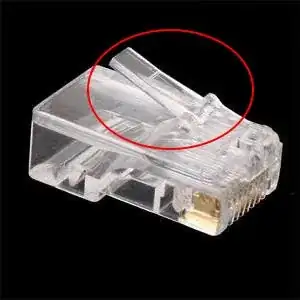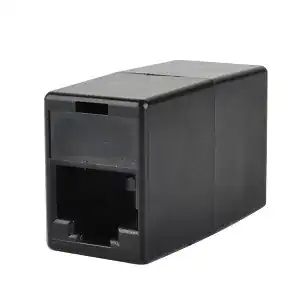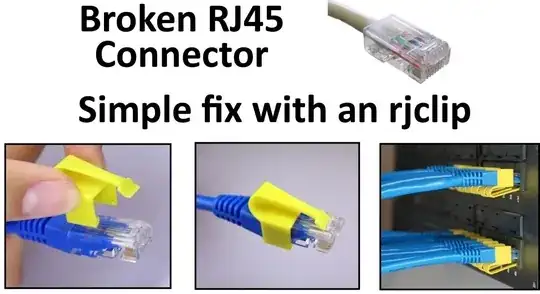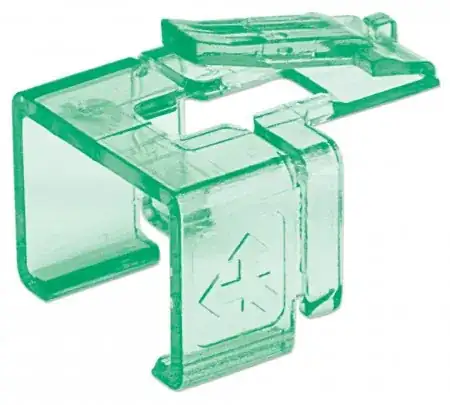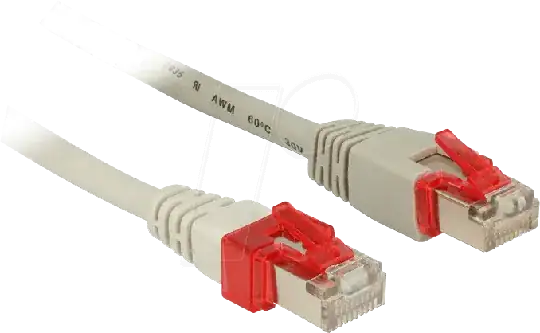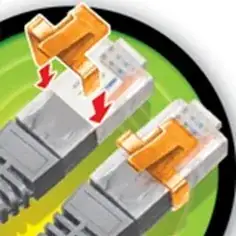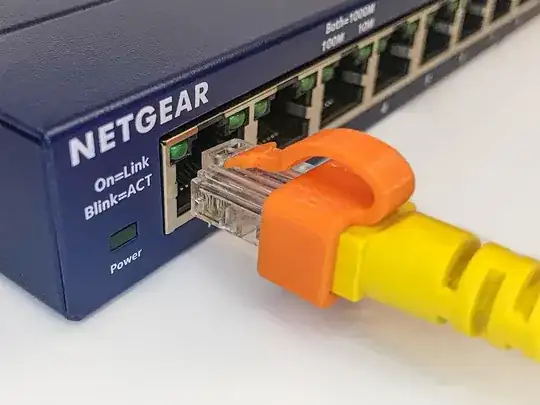It's entirely possible to cut off the plug and install a new one, but you will need a crimping tool. It's about $15. The thing is, your local store will probably charge you more than $15 for a cable - even if you buy it online, it'll probably be close to that when you take shipping into account. Therefore, it's cost-effective in my opinion, even if you only need it occasionally (and those pieces tend to break somewhat frequently, in my experience).
Also, if you ever need to run large amounts of cable, it's much cheaper to buy it in bulk and cut it yourself.
EDIT: Don't forget to match the plug type to the wire type - stranded or solid (in your case, the wire is almost certainly stranded).
